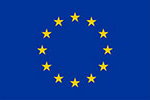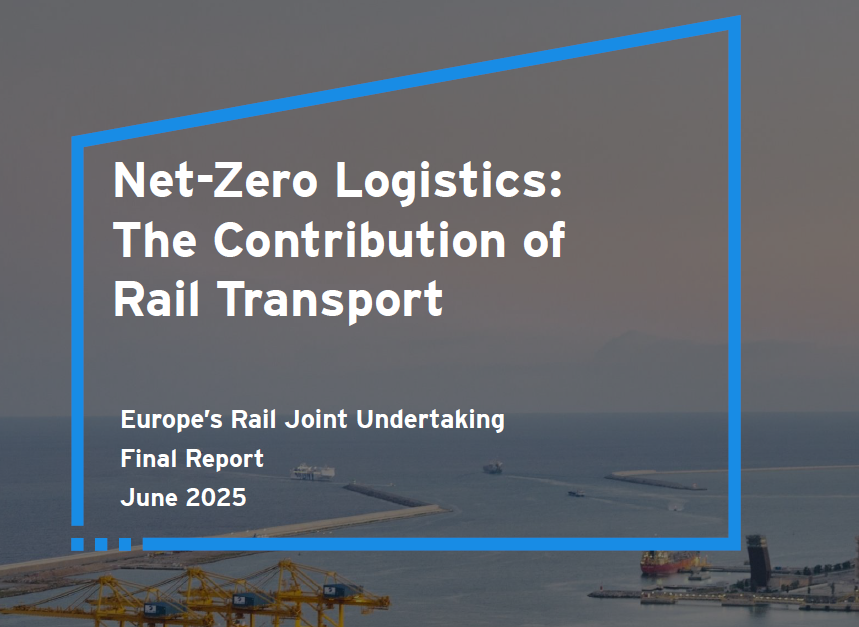Europe must take decisive steps to simplify and modernise its rail systems to strengthen competitiveness,...
Building a high capacity, integrated European railway network connected to different systems is like putting together a complex jigsaw puzzle with many different pieces.
“From automation to operations, capacity building to couplings and crossings, freight trains to the Underground – these are just some of the many pieces required to build a modern, efficient, and reliable rail fit for the future. Our mission is to seamlessly bring these pieces together, transforming the challenge into an opportunity,” says Europe’s Rail Joint Undertaking (EU-Rail) Executive Director Giorgio Travaini.
Helping to put these pieces together are the seven projects funded under the Europe’s Rail 2023 open Call for Proposals.
Worth EUR 24.7 million and involving nearly 110 entities from 22 countries, each project focuses on a specific aspect of the integrated railway system. For the PhDs EU-Rail project, that aspect is strengthening the rail sector’s capacity for research and innovation.
The project involves 10 PhD students, each of whom is tasked with taking a deep dive into a topic deemed critical to advancing the goals of EU-Rail and its industry partners. Topics include decarbonisation, gender equality, training, inclusion, and accessibility.
Some researchers are focused on enabling rail-based urban logistics or improving fast night train operations, while others are studying the dynamic stability of trains travelling over bridges or how to enhance safety-relevant communication in the railway system. Other areas of interest include calculating how society benefits from rail research programmes and whether ICT platforms can be used to achieve an interoperable, reliable European Railway Traffic Management System (ERTMS). The topics were chosen by a consortium of rail companies and academia.
At the end of the project, the PhD students will be required to submit at least two peer-reviewed journal papers.
Enabling a fully digital rail freight system
On the topic of innovation, Digital Automatic Coupling (DAC) is emerging as a key enabler of a fully digital rail freight system.
“More than an advancement in delivering infrastructure capacity, DAC can play an important role in achieving the ambitious objectives set by the Green Deal, as well as supporting rail freight competitiveness,” explains Javier Ibáñez de Yrigoyen, Senior Programme Manager at EU-Rail.
To anticipate all the elements that need to be addressed to support its deployment, EU-Rail has launched the open European DAC Delivery Programme (EDDP), part of the Joint Undertaking’s extensive multi-annual work agenda.
Playing a pivotal role in the EDDP’s work is the DACFIT project.
By bringing together a network of technical, managerial and operational experts, the project is delivering quantitative and qualitative fleet analysis, along with comprehensive retrofit engineering, capacity and implementation plans.
Towards a quieter, more sustainable rail infrastructure
Achieving an integrated rail system also requires new solutions for making rail infrastructure quieter and more sustainable.
As to the former, the QuieterRail project is addressing the need to reduce railway noise and vibration. Through new guidelines, data analysis and virtual testing, the project aims to mitigate noise issues along all points of the rail infrastructure, including curves. It is also studying how new technology, such as advanced propulsion systems, impacts noise and vibration on the tracks.
For example, the project’s data analysis tool will allow engineers to control rail roughness via onboard measurement systems, opening the door to a more cost-effective approach to reducing noise. Furthermore, the project is developing an open-source tool that will enable the simultaneous optimisation of the whole track system with respect to life cycle costs (LCC), noise and vibration.
Researchers are also working on a fast-running, hybrid vibration predication method designed to address those noise issues that are unique to the urban setting. The solution will use location-specific information to map both noise and vibration.
Another key component of the project is a track-independent vehicle indicator that can be used to help quantify a train’s vibration emissions. This information will then be used to introduce effective vibration limits. The project intends to validate its solutions via both a mainline site and on an urban light rail network.
In terms of sustainability, the XCROSS project is focusing its attention on increasing the lifespan of railway crossings.
Leveraging the power of 3D laser scanning technology and artificial intelligence, the project is creating a new crossing inspection technique that will enable fast, repeatable, and highly accurate crossing measurements. These measurements will then be used to create a digital twin of the crossing that maintenance providers can use to study wheel forces, on-site maintenance constraints and other factors that degrade the crossing – ultimately optimising the repair of this critical infrastructure in terms of LCC.
The project will also use augmented reality and 3D printing techniques to allow maintenance engineers to visualise their welding and grinding work, making on-site maintenance more efficient and effective.
When signs of degradation are detected, an early warning system installed at a crossing will trigger the entire XCROSS solution to be deployed, ensuring that maintenance happens well-before the infrastructure crosses the point of irreparability.
The urban transport component
No integrated rail system would be complete without urban transportation.
Delivering this important component is the NEXUS project, which has a bold vision for the future of urban transportation – a future that is defined by technology, automation, and sustainability.
To help make that future a reality, the project is developing a blueprint based on in-depth studies of European metros. One of those feasibility studies looks at how metro systems can better adapt to fluctuations in demand and changing passenger needs. Another study looks to pave the way towards next generation automated metro transport systems, while a third is exploring how artificial intelligence and big data can be used to further optimise operations.
More than just theory, the project intends to implement some of its innovative ideas in the Genoa (Italy) and Sofia (Bulgaria) metro systems.
“Through optimisation and analysis and with a focus on service efficiency, NEXUS aspires to pioneer innovative solutions for the metro transport of the future,” notes Sébastien Denis, Senior Programme Manager at EU-Rail.
How rail infrastructure can support biodiversity
While many of the funded projects focus on different parts of the integrated rail system, other projects look to connect that system with other European objectives. Take for instance the SYMBIOSIS project, which is connecting rail infrastructure with biodiversity.
Based on the principle of responsible land use, this interdisciplinary project brings together stakeholders from the transport, energy and environmental sectors. Their mission: to build resilient rail infrastructure.
The project is working to integrate biodiversity considerations and nature-based solutions in both the planning of infrastructure and throughout its entire lifecycle – from implementation to use, maintenance and even supply chain management.
By facilitating the exchange of information, advocating for effective regulation, and promoting the use of science-based decision making, project researchers are confident they can ensure not only that rail infrastructure doesn’t result in a loss of nature but, in some cases, can actually increase biodiversity.
Part of the larger transport and mobility system
Even when the railway puzzle is complete, EU-Rail’s work will be far from over. “That’s because the integrated rail network is but one part of a larger, comprehensive transport and mobility system,” remarks Travaini.
That system includes not only rail, but also, for example, aviation.
Helping to connect the two is the Travel Wise project.
Conducted in synergy with the SESAR Joint Undertaking, this flagship project is putting the methodology, roadmap, and technologies in place to facilitate the seamless sharing of traffic information between air and rail operators.
By implementing an intermodal air–rail Collaborative Decision-Making solution, Travel Wise establishes a seamlessly connected intermodal ecosystem. With a focus on digitalisation, the project will define a roadmap towards a common air-rail data space; extend the collaborative decision-making process to multimodality; develop integrated operations plans; and design, develop, implement, and validate technical solutions for air-rail integrated traffic management in both nominal and non-nominal situations.
“The Travel Wise project exemplifies how collaboration between air and rail sectors can pave the way for a seamless, integrated European transport system,” says Andreas Boschen, SESAR JU Executive Director. “By bringing together end users, infrastructure managers, operators and research centres from both the air and rail sectors, the project is contributing to a truly integrated and passenger-focused transport system.”
“Whether it’s putting together an integrated rail network or connecting that network to the larger transport and mobility system, each of our funded projects will not only define the next generation of European rail, but also contribute to delivering attractive and efficient services to our citizens and businesses,” concludes Travaini.
All seven projects are now fully operational and in the process of delivering results. You can follow their progress here.

















